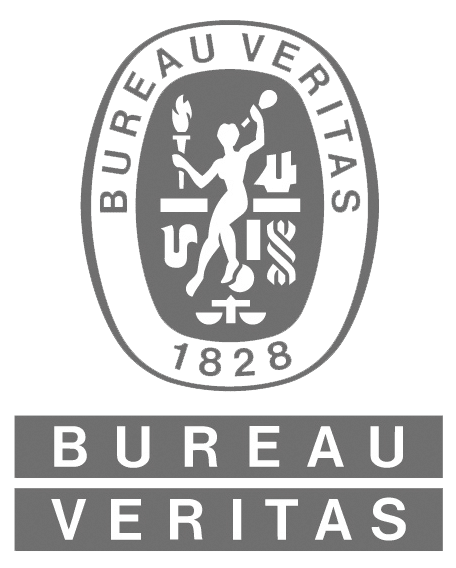Adhesive / Rubbing Wear
Adhesive or rubbing wear occurs when the oil film does not separate the roughest points of the opposing moving surfaces allowing those surface to touch each other. This type of wear occurs normally during both break-in and routine service intervals as the moving parts wear slightly to maintain alignment. If severe adhesion occurs due to load, speed or temperature conditions, scuffing and scoring may result. Metal may be torn from part surfaces or transferred from one part to another with eventual seizure of the affected parts likely. During normal service, adhesive wear is controlled with anti-wear additives formulated to bond with lubricated surfaces reducing direct part-to-part contact.
Abrasive Wear
Abrasive wear results from a cutting or etching motion caused by circulating hard particles or hard-surface projections wearing away softer surfaces. Abrasive wear sources typically include contaminants, such as dirt, that have entered a component’s oil system and the resulting wear metal particles.
Fatigue Wear
Fatigue wear occurs when cyclic or repeated load stress causes cracking, spalling or pitting of component part surfaces. Fatigue wear is more commonly associated with ball/roller element bearings and gears where the component surfaces “roll” past each other.
Corrosive (Chemical) Wear
Corrosive, or chemical, wear results when chemical reactions cause the corrosion or oxidation of part surfaces and part movement or fluid pressure dislodges material from part surface. This type of wear is associated with the presence of rust-promoting conditions, corrosive contaminants and/or excessively high levels of chemically active additives.
Cavitation Wear
Cavitation wear occurs when metal is removed from parts by the impact of collapsing cavitation bubbles on part surfaces. Cavitation itself is associated with partial vacuums formed in a liquid by sudden changes in pressure and may be caused by vibration, reduced or uneven liquid flow or other factors involving certain component shapes and movements.
